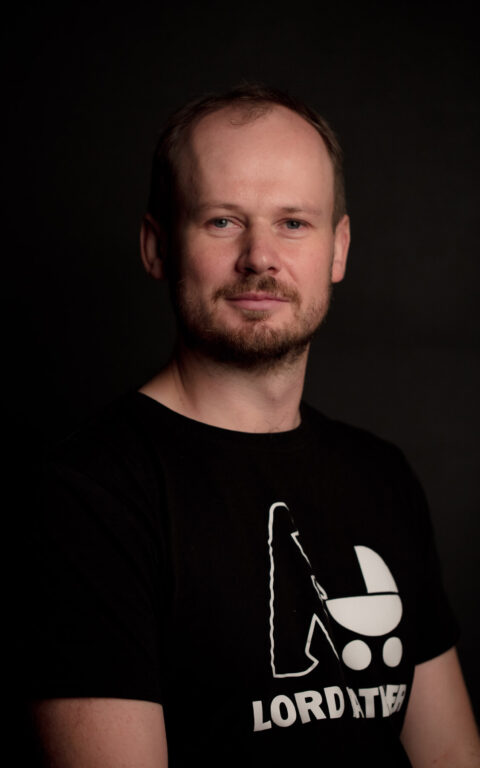
Marek Truszkowski, MA
Department for Modelling and Digital Documentation
e-mail:
marektruszkowski@uw.edu.pl
phone number:
+ 48 22 55 22 828
room:
3.13

Marek Truszkowski, MA
Department for Modelling and Digital Documentation
e-mail:
marektruszkowski@uw.edu.pl
phone number:
+ 48 22 55 22 828
room:
3.13
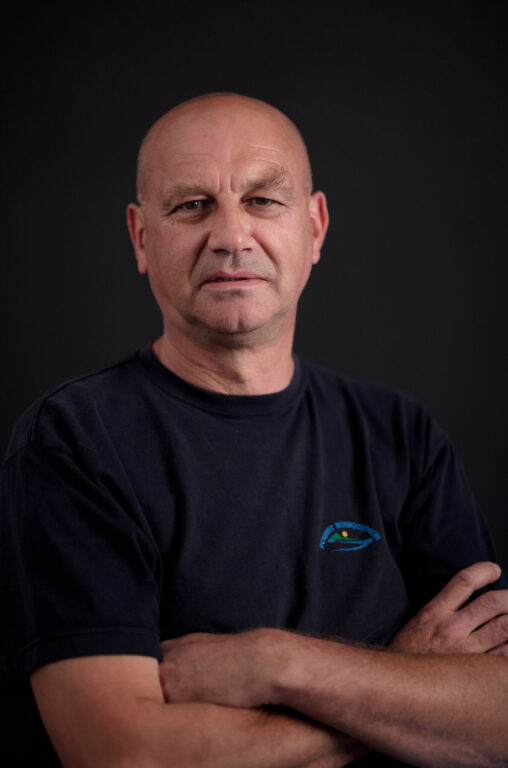
Zbigniew Stasiak, MA
Deputy Administrative Director
e-mail:
zbigniew.stasiak@uw.edu.pl
phone number:
+48 22 55 22 836
mobile phone:
+48 605 344 494
duties and responsibilities:
– supervision of building service employees and companies related to the maintenance of installations and internal devices,
– supervision over the proper functioning of the building,
– replacing the Administrative Director in the field of administrative services for the Faculty

Ireneusz Nazaruk, MA
Department for Modelling and Digital Documentation
Department for Archaeological Conservation
e-mail:
ireneusznazaruk@uw.edu.pl
phone number:
+48 22 55 22 840
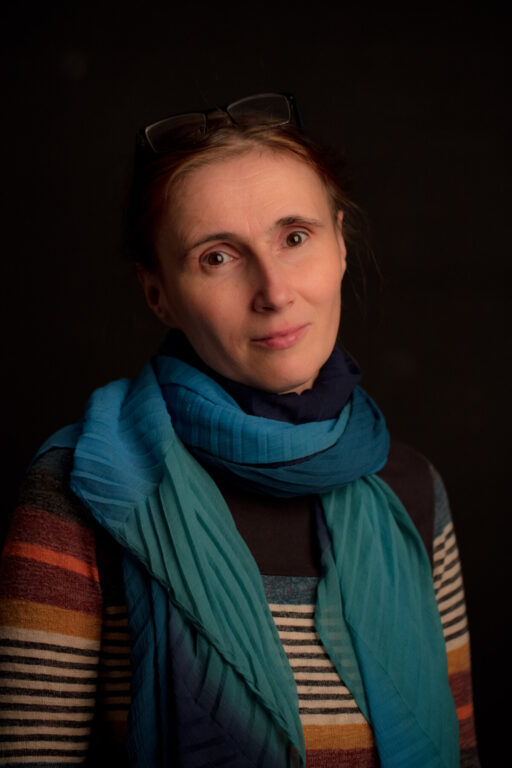
Dr. Anna Juga-Szymańska
archive, room 3.21a
e-mail:
a.juga-szymanska@uw.edu.pl
bibliography:
Academia.edu
Jolanta Jabłonowska-Taracha, MA
Papyrology Library
e-mail:
bibpapir.archeo@uw.edu.pl
phone number:
+48 22 55 24 411
duty hours:
Tuesday, Thursday, Friday 9.00 am – 2.00 pm
and
Wednesday 12.00 pm – 5.00 pm.
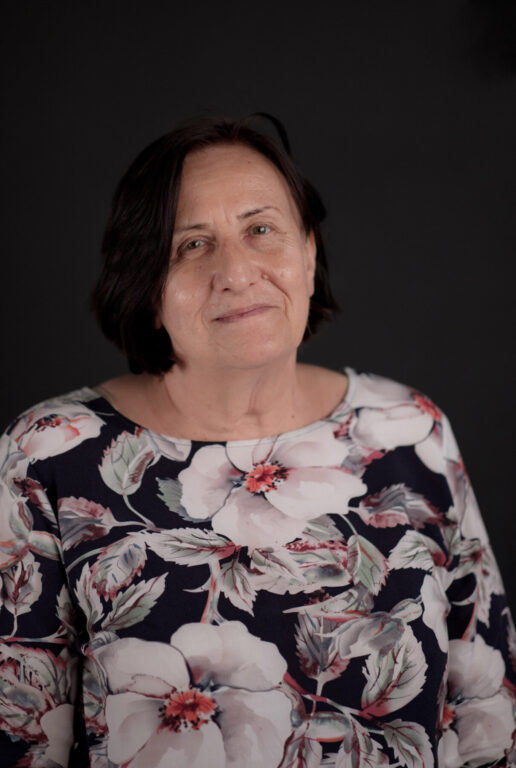
Magdalena Różycka
Library of the Faculty of Archaeology
e-mail:
magdarozycka@op.pl
phone number:
+48 22 55 22 831
room:
1.16, ground floor
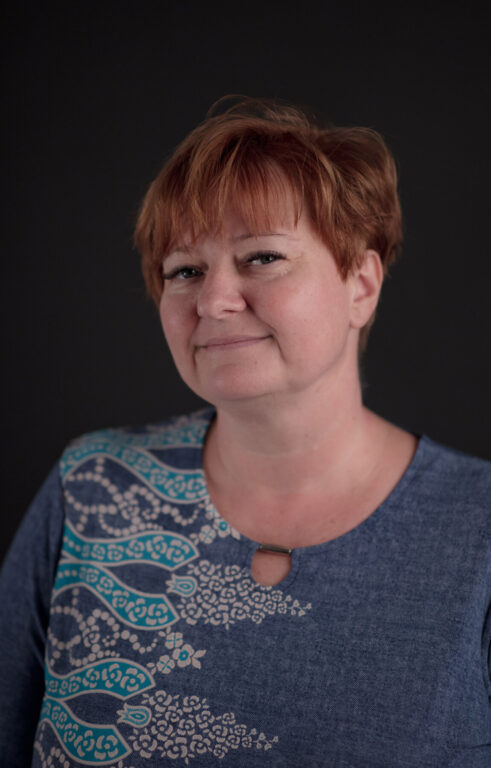
Aleksandra Piechura-Masztak
Library of the Faculty of Archaeology
e-mail:
a.w.piechura@uw.edu.pl
phone number:
+48 22 55 22 831
room:
1.16, ground floor
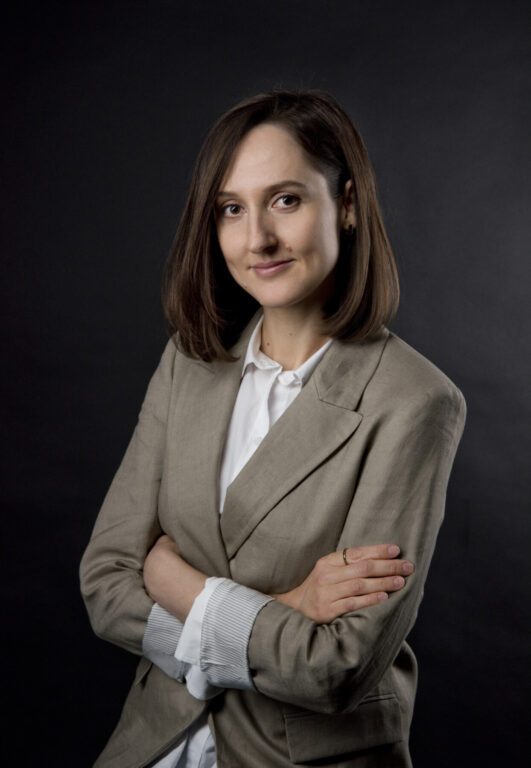
Dr. Katarzyna Żebrowska
Department of Aegean and Textile Archaeology
e-mail:
kzebrowska@uw.edu.pl
phone number:
+48 22 55 22 814
office hours:
Thursday 13.15–14.15, room 3.14
research interests:
– Archaeology of prehistoric Sicily and the Aegean region
– Italo-Aegean contacts
– funerary architecture, especially in relation to landscape
– textile archaeology, in particular the functionality of textile tools
– Aegean seals and sealing practices
research projects:
 |
“TEXTile digitisAtIon tooLs and mEthodS for cultural heritage (TEXTaiLES)”, 2024–2027, HORIZON REA, HORIZON-CL2-2023-HERITAGE-ECCCH-01 (ID 01101158328), researcher. |
 |
“Sicilian Textile Tools from the Bronze Age: Examination of Finds and Comparative Studies on Their Functionality”, 2017 – 2019, PRELUDIUM 11 ( 2016/21/N/HS3/02926) of the Polish National Science Centre, primary investigator. |
bibliography:
peer-reviewed articles and chapters in monographs:
Żebrowska, K. (2023) The Early Bronze Age Funerary Landscape of Calicantone (Sicily). Internal Planning and Visual Features. In: D. Panagiotopoulos, P.M. Militello eds, Modelling Archaeological Landscapes: Bridging Past and Present in two Mediterranean Islands, Heidelberg, 77-96.
Żebrowska, K. (2021) Weaving in Early Bronze Age Sicily: Testing and Comparing the Functionality of Potential Weaving Tools. In: G. Albertazzi, G. Muti, A. Saggio eds, Islands in Dialogue (Islandia). Proceedings of the First Conference in the Prehistory and Protohistory of the Mediterranean Islands, Rome, 323-335.
Nosch, M-L., Ulanowska, A., Żebrowska, K., Bigoraj, K., Gręzak A. (2021) Sheep – ‘a Factory without Waste’. Comparative, Interdisciplinary and Diachronic Views on Sheep in the Aegean Bronze Age. In: R. Laffineur, T.G. Palaima eds, ZOIA. Animal-Human Interactions in the Aegean Middle and Late Bronze Age, Aegaeum 45, Leuven & Liège, 35-49.
Żebrowska, K. (2020) Textiles and Seals: The use of seals with the sheep motif in Bronze Age Greece. In: M. Bustamante-Álvarez, E.H. Sánchez López, J. Jiménez Ávila eds, PURPUREAE VESTES VII. Textiles and Dyes in Antiquity. Redefining Ancient Textile Handcraft. Structures, Tools and Production Processes, Proceedings of the VIIth International Symposium on Textiles and Dyes in the Ancient Mediterranean World (Granada, Spain 2-4 October 2019), Granada, 425-430.
Żebrowska, K. (2020) The application of use-wear analysis to the study of function of prehistoric Sicilian textile tools. In: J.L. Fernández-Marchena, L. Asryan, A. Pedergnana, A. Ollé eds, Not only use. Application of functional methods for a better comprehension of operative chains, Quaternary International Special Issue, Quaternary International 659-570, 128-134.
Żebrowska, K. (2020) The organization of Middle Bronze Age Aeolian textile production in the light of recent experiments. In: M. Nordez, K. Peche-Quilichini, M. Roscio eds, Le Bulletin de l’Aprab 18, 153-157.
Żebrowska, K. (2019) La filatura a Monte Cittadella (futura Morgantina) nella fase finale della preistoria siciliana, AD REM 1-2, 5-9.
Żebrowska, K. (2018) Aeolian Textile Tools from the Bronze Age – Testing the Functionality of Potential Heavy Spindle-Whorls. In: I. Cáceres, I. Expósito, M. Fontanals, M. Gema Chacón, J.M. Vergès eds, Experimental Archaeology: From Research to Society. Proceedings of the Vth International Congress of Experimental Archaeology, Tarragona, 25-27 October 2017, El Butlletí Arqueològic V 40, Tarragona, 105-111.
Żebrowska, K. (2018) The Early and Middle Bronze Age Textile Tools from the Aeolian Islands (Italy). In: A. Ulanowska, M. Siennicka, M. Grupa eds, Dynamics and Organisation of Textile Production in Past Societies in Europe and the Mediterranean, Fasciculi Archaeologiae Historicae XXXI, Łódź, 12-23.
Militello, P.M., Żebrowska, K. (2017) The tholos tombs in Sicily: A landscape approach. In: M. Fotiadis, R. Laffineur, Y. Lolos, A. Vlachopoulos eds, HESPEROS. The Aegean Seen from the West, Proceedings of the 16th International Aegean Conference, University of Ioannina, Department of History and Archaeology, Unit of Archaeology and Art History, 18-21 May 2016, AEGAEUM 41, Leuven & Liège, 139-146.
Żebrowska, K. (2016) Thapsos Tombs Revisited: Reconstructing the Prehistoric Funerary Landscape of Magnisi Peninsula (With Special Concern on Rock-Cut Tholoi). In: M. Figuera, K. Żebrowska eds, International Course in Archaeology “Papers in Mediterranean Archaeology”, Syndesmoi 5, Catania & Warsaw, 71-86.
scientific editing of peer-reviewed monographs:
Aulsebrook, S., Żebrowska, K., Ulanowska, A. eds (2024) Sympozjum Egejskie. Papers in Aegean Archaeology 4 (Warsaw Studies in Archaeology 5), Turnhout, Warsaw. Brepols & the Faculty of Archaeology UW.
Aulsebrook, S., Żebrowska, K., Ulanowska, A., Lewartowski, K. eds (2022) Sympozjum Egejskie. Papers in Aegean Archaeology 3 (Warsaw Studies in Archaeology 3), Turnhout, Warsaw. Brepols & the Faculty of Archaeology UW.
Żebrowska, K., Ulanowska, A., Lewartowski, K. eds (2019), Sympozjum Egejskie. Papers in Aegean Archaeology 2, Warsaw. University of Warsaw Press.
Żebrowska, K., Ulanowska, A., Lewartowski, K. eds (2017), Sympozjum Egejskie. Papers in Aegean Archaeology 1, Warsaw. Institute of Archaeology University of Warsaw.
Figuera, M., Żebrowska, K. eds (2016), International Course in Archaeology “Papers in Mediterranean Archaeology”, Syndesmoi 5 (Quaderni del corso internazionalizzato in Archeologia: Catania, Konya, Varsavia), Catania & Warsaw. Università degli Studi di Catania.
– Academia.edu
– ORCID
Dr. Michał Grabowski
Department for Underwater Archaeology
e-mail:
mk.grabowski4@uw.edu.pl
telephone:
+48 22 55 22 800 (secretariat)
research interests:
– maritime archaeology
– Ship- and boatbuilding in Northern Europe
– inland navigation
– 3d documentation of archaeological finds
bibliography:
– Academia